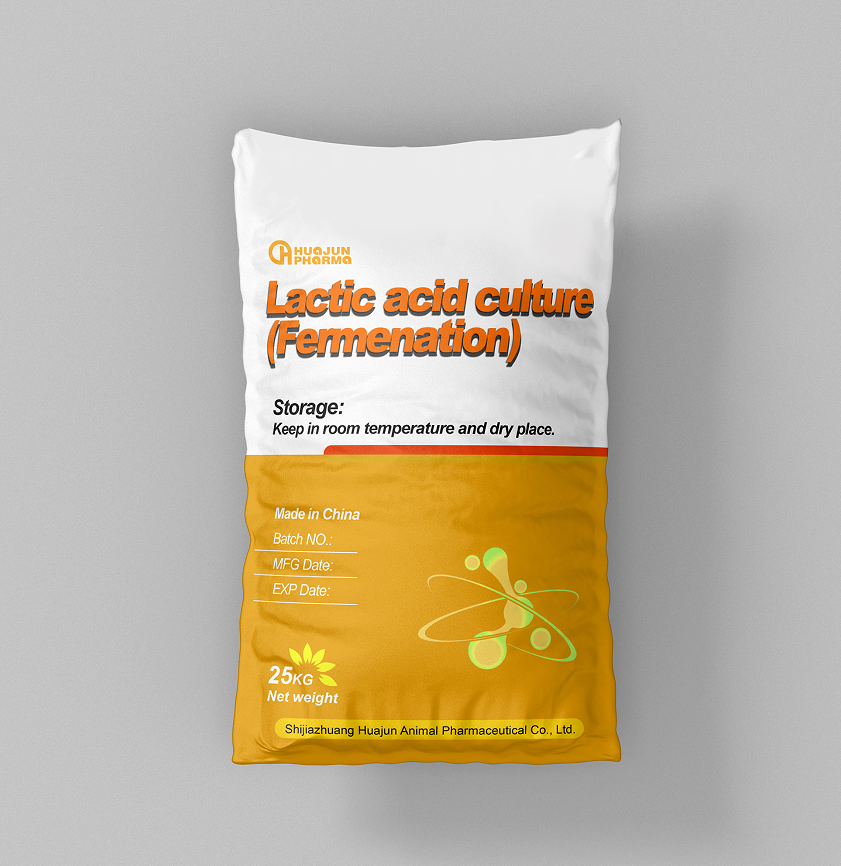
ஆக . 16, 2024 21:26 Back to list
Understanding the Causes and Symptoms of Pulmonary Edema for Better Management
Understanding Pulmonary Edema Causes, Symptoms, and Treatment
Pulmonary edema is a medical condition characterized by the accumulation of excess fluid in the lungs, which can severely impair respiratory function. This condition can lead to significant health risks if not addressed promptly. Understanding the causes, symptoms, and treatment options for pulmonary edema is crucial for effective management and recovery.
Causes of Pulmonary Edema
There are generally two types of pulmonary edema cardiogenic and non-cardiogenic.
1. Cardiogenic Pulmonary Edema This type is primarily caused by heart-related issues. When the heart struggles to pump blood efficiently, it can lead to increased pressure in the blood vessels of the lungs. Conditions such as congestive heart failure, heart attacks, or severe hypertension are common culprits. When these conditions arise, the extra pressure causes fluid to leak from the blood vessels into the lung tissue.
2. Non-Cardiogenic Pulmonary Edema This type arises from other conditions that do not directly involve the heart. Common causes include acute respiratory distress syndrome (ARDS), pneumonia, exposure to toxins or pollutants, and certain medical procedures. This form of pulmonary edema can also occur in cases of high altitude sickness or as a result of severe infections.
Symptoms
The symptoms of pulmonary edema can vary in severity but often include
- Shortness of breath, which may worsen with exertion or while lying down - A feeling of suffocation or drowning - Coughing up frothy or pink-tinged sputum - Rapid, shallow breathing - Wheezing or gasping for air - Anxiety or restlessness
pulmonary edema

Diagnosis
Diagnosing pulmonary edema typically involves a combination of medical history, physical examination, and various diagnostic procedures. A doctor may listen to the lungs using a stethoscope for abnormal sounds, conduct chest X-rays to visualize fluid accumulation, and perform blood tests to assess oxygen levels and other vital parameters. In some cases, a CT scan may be necessary to evaluate the extent of the edema.
Treatment
The treatment of pulmonary edema focuses on addressing the underlying cause while managing the symptoms. Key treatment options include
1. Medications Diuretics are commonly prescribed to help reduce fluid buildup in the lungs. If the edema is related to heart failure, medications to support heart function may be utilized. In cases of non-cardiogenic edema, corticosteroids can reduce inflammation.
2. Oxygen Therapy Supplemental oxygen may be administered to improve oxygen levels in the blood, especially if the individual is experiencing significant difficulty breathing.
3. Mechanical Ventilation In severe cases, where oxygen levels are critically low or respiratory failure occurs, mechanical ventilation may be necessary to support breathing.
4. Lifestyle Changes For individuals with heart-related pulmonary edema, lifestyle changes such as adhering to a low-sodium diet, managing fluid intake, and engaging in regular but moderate exercise can be beneficial.
Conclusion
Pulmonary edema is a serious condition that requires prompt attention and treatment. Understanding its causes, symptoms, and treatment options can empower individuals to seek timely medical help when necessary. Early identification and intervention can significantly improve outcomes, ensuring a better quality of life for those affected. If you or someone you know is experiencing symptoms of pulmonary edema, do not hesitate to consult a healthcare professional.
-
Premium Lincomycin HCl API Manufacturers Trusted Supplier & Factory
NewsMay.17,2025
-
Mad Cow Disease Test Kits Reliable BSE Detection Solutions
NewsMay.17,2025
-
Best Anti-Inflammatory for Cattle Trusted Manufacturer & Supplier
NewsMay.17,2025
-
Confusion Solutions Reliable Factory, Manufacturer & Supplier
NewsMay.16,2025
-
Brewing Cell Wall Factory & Supplier High-Quality Fermentation Solutions
NewsMay.16,2025
-
Bradsot Solutions Durable & Customizable Industrial Components
NewsMay.15,2025




